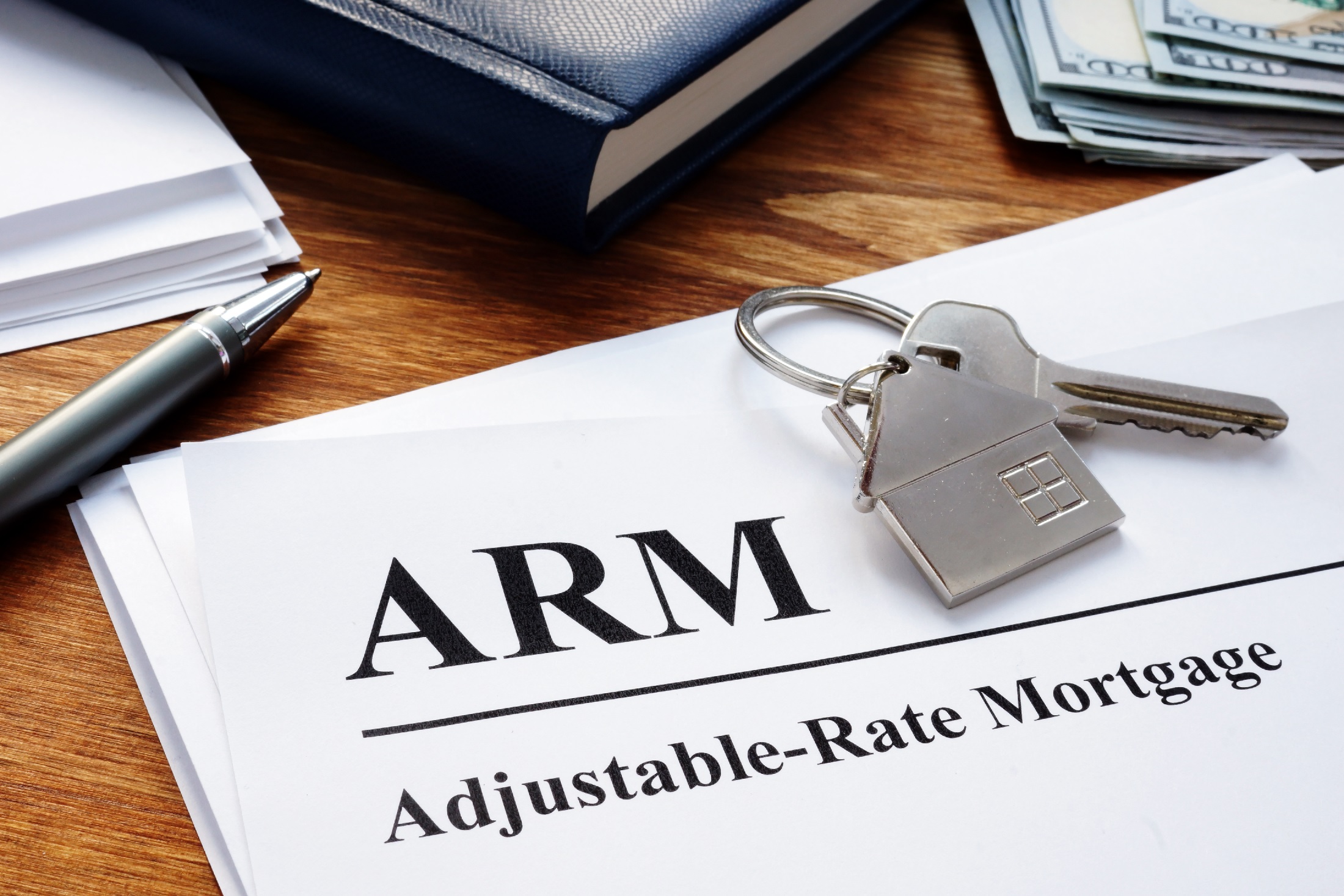An adjustable rate mortgage loan (ARM) generally begins with an interest rate that is 2-3 percent below a comparable fixed rate mortgage. This could allow you to buy a more expensive home.
However, the interest rate adjusts at specified intervals (for example, every year) depending on changing market conditions. If interest rates go up, your monthly mortgage payment will also go up. If rates go down, your mortgage payment will drop.
There are also mortgages that combine aspects of fixed and adjustable rate mortgages — starting at a low fixed-rate for 7-10 years, for example, and then adjusting to market conditions. Ask your mortgage professional about these and other special kinds of mortgages that fit your specific financial situation.








